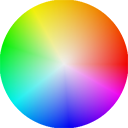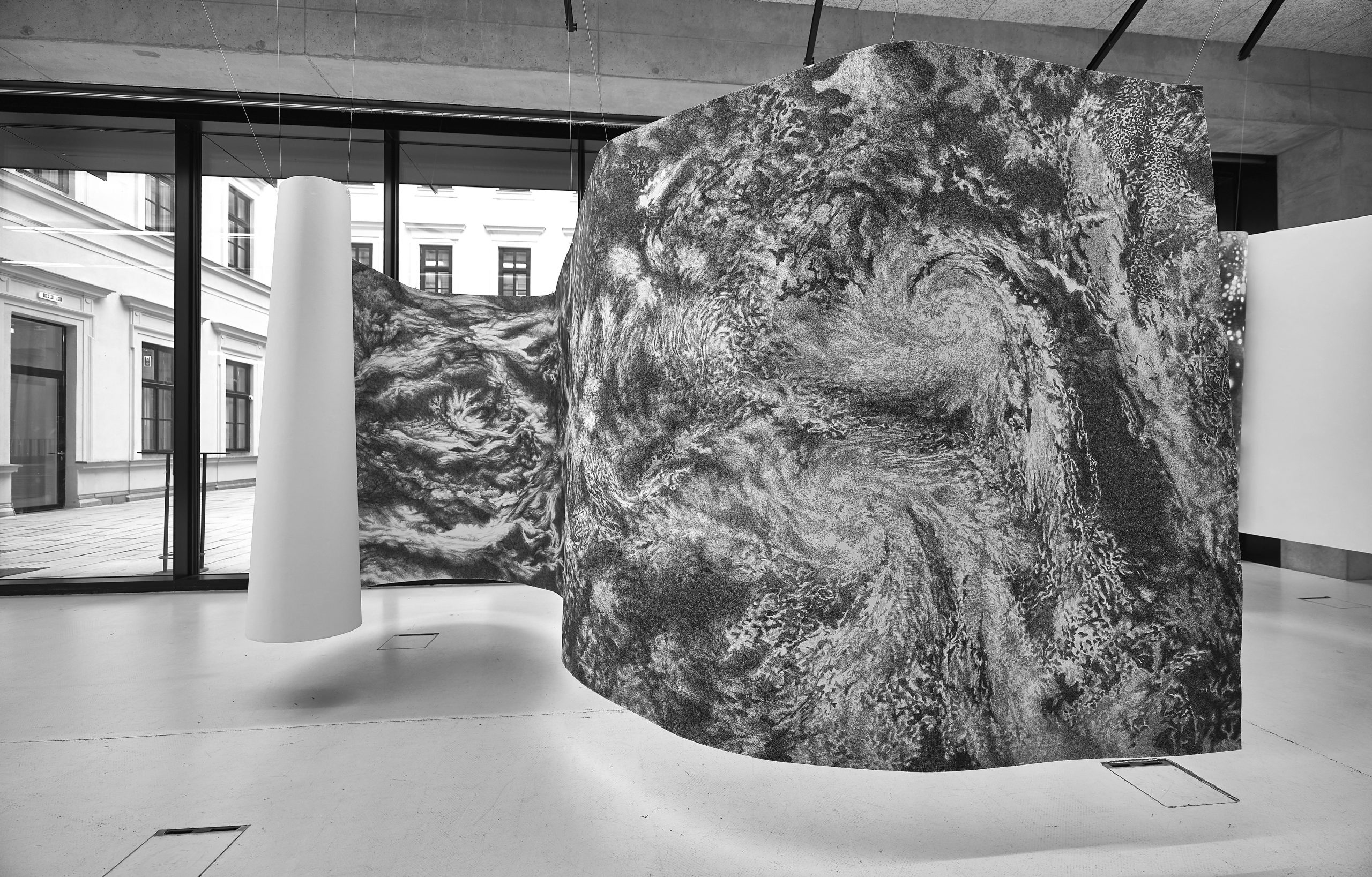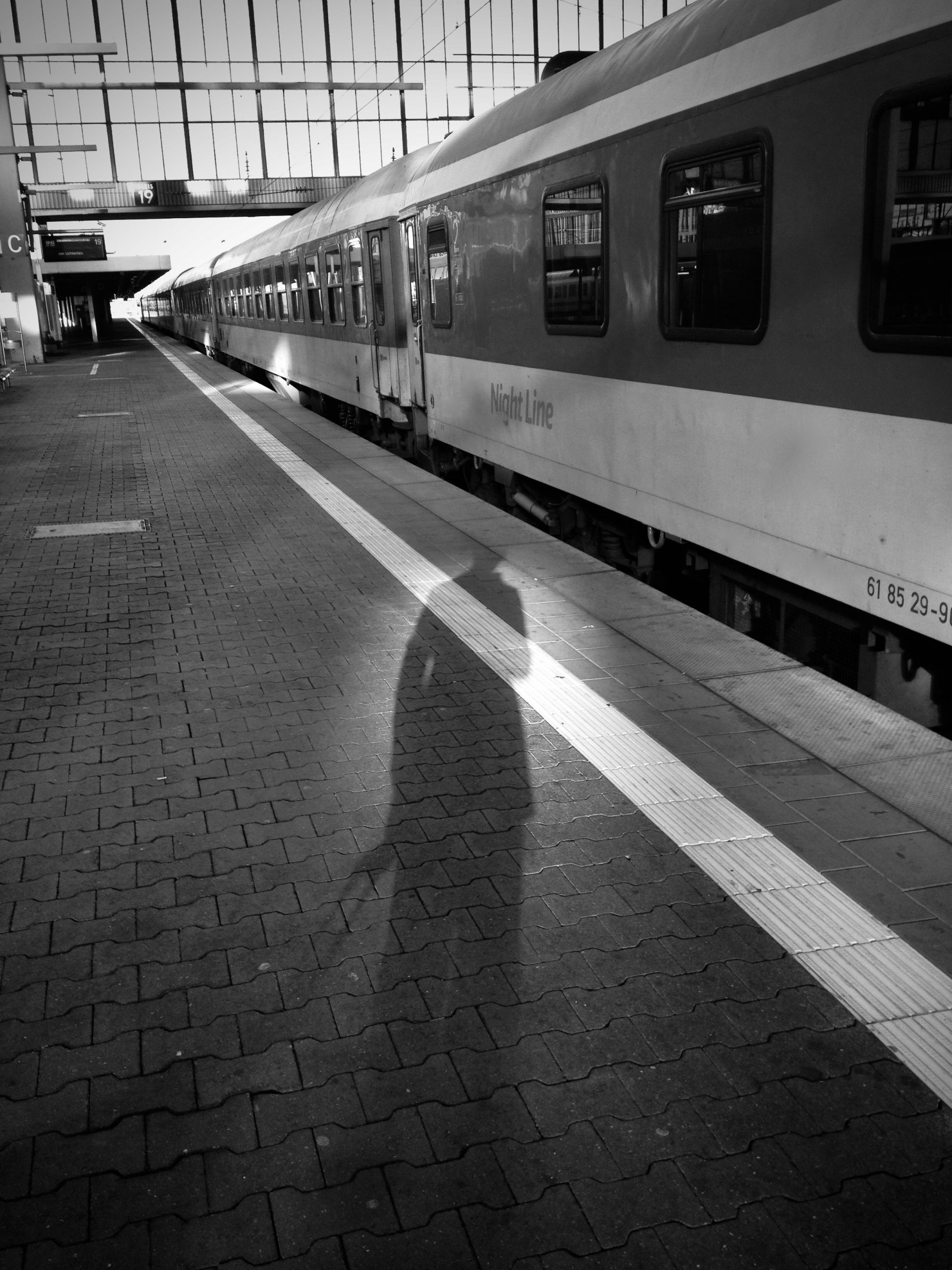An interruption describes a break, a pause in all production for a finite period of time. So the term implies: Afterwards, it gets going once again! How can such a pause, a stop in something you intended to do, be productive, when you have been stopped from completing what you were doing? And what if I have to start over and over again, like Sisyphus, each time re-ordering my thoughts, and as soon as I have got it together, a small but boisterous voice calls from around the corner: “Mom, I’m finished!”
The art lies in the ability to not continue, not to stop but to interrupt at the right moment, then the interruption itself becomes a work of art, especially when it becomes clear that the original path was leading to nowhere. A typical response of human panic is refusing information paired with blind actionism, rapid intensification, more of the same, until the crisis has taken over control.* The person no longer works on a solution to the problem, rather waits for salvation (a miracle).
In “Productive Interruption II”, the TransArts Department’s contribution to the Angewandte Festival programme, the interruption marks, on the one hand, the dominant field of action in which new art is produced: The university and its workshops remained closed in 2020 for more than four months; in this time the students worked from their private spaces. At the same time, the disruption itself and how to productively deal with it were put up for discussion and provided impulses for artistic forms of expression, as they develop beyond physical presence and closeness.
*Vgl. Dietrich DÖRNER: Die Logik des Misslingens. Strategisches Denken in komplexen Situationen, 8. Auflage. Reinbek bei Hamburg: Rowohlt 2009. URL: epdf.pub/die-logik-des-milingens-strategisches-denken-in-komplexen-situationen.html (03.05.2020)
Stephan Hilge, Roman Pfeffer, Nita Tandon, Institut für Bildende und Mediale Kunst
Photo: Annika Eschmann, Magazin des Glücks, 2020
Hector Schofield, MH6.Oktober201508.45, 2020
Eva Rybářová, Serie Still Lifes, 2020
Christopher Frieß, Private Dots And Public Clouds, TONSPUR, 2020




